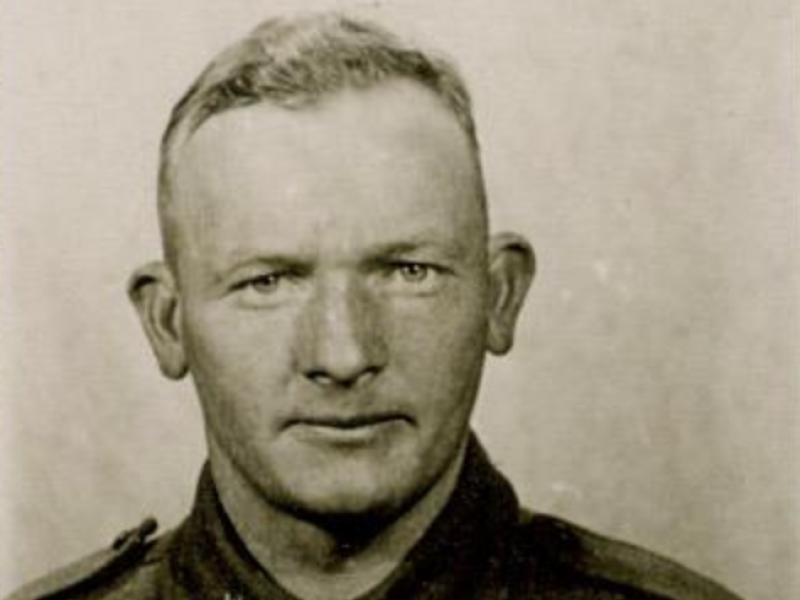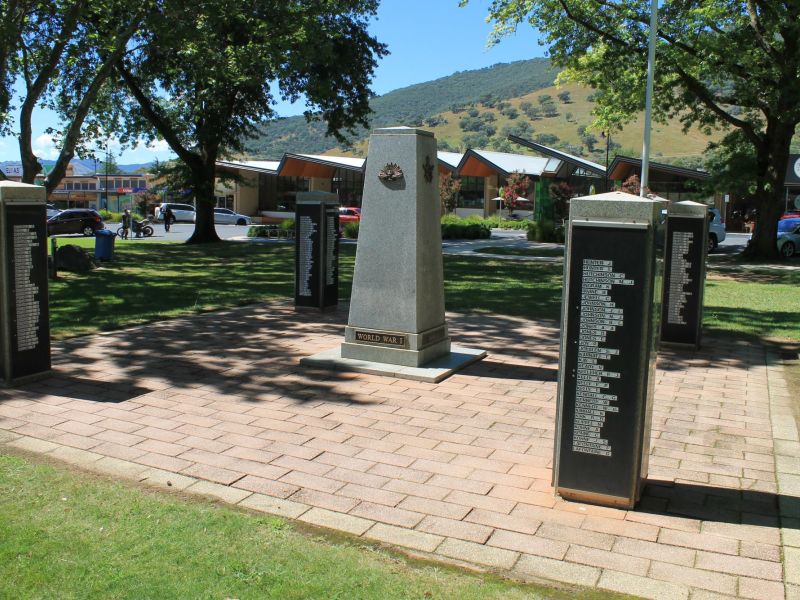Charles Nelson Green
Charles was born on the 11th of January 1914 at Bethanga in Victoria. He was one of seven children of William John and Florence Gertrude (née Wiltshire) Green.
On the 8th of December, 1938, Charles enlisted in the militia in the 8th Light Horse Regiment. He was given the Army No. 470177. The 8th had performed exceptionally well during the First World War. In 1921 the decision was made to uphold the traditions and honours of the AIF by reorganising the units of the Miltia. As the 8th Light Horse was re-raised in the Indi region of north-east Victoria, it also became known as the Indi Light Horse.
On the 28th of May, 1940, Charles enlisted in the 2nd AIF at Albury. He was given the Army No. VX19333 and allocated to A Company of the 2/2nd Pioneer Battalion. His posting to the battalion at Puckapunyal did not take effect until the 8th of June. On the 29th of July he took unofficial leave and was charged with being absent without leave from 2000 hrs on the 29th of July to 0700 hrs the following day. For this indiscretion he was confined to barracks for two days and forfeited one day’s pay. Suffering from a bad case of diarrhoea the following day he was admitted to the 4th Australian General Hospital at Puckapunyal. February of the following year saw Charles suffering from a number of ailments including dysentry and phimosis which resulted in him being hospitalised for over half of that month. Another two day period of unofficial leave left him confined to barracks for four days and two days pay less in his pay packet.
On the 4th of April 1941, the 2/2nd Pioneer Battalion sailed from Sydney, for the Middle East, aboard the Queen Mary. On this journey the Queen Mary would sail in convoy with Queen Elizabeth and Mauretania (II). The battalion arrived in Port Tewfik, the port of Suez, in May, travelled by train to Palestine and camped at Hill 95. It began preparing for its first action supporting the 7th Division in Syria. Charles spent two weeks in April of 1941 with the Pioneer Training Battalion before being taken on strength with the 2/2nd Pioneer Battalion.
On the 23rd of September he was evacuated sick to the 1st Australian Corps Rest Station at Dhour Chouer in Syria. He rejoined his unit on the 27th of that month. In mid-October Charles was again at odds with the military heirachy when he was charged with disobeying a lawful command given by his superior officer. For this offence he was confined to barracks for five days. Jack Blossett was also charged with a similair offence around the same time, so perhaps the two were having the same problems?
With Japan having entered the war in early December of 1941, the 6th and 7th Australian Divisions were returned to Australia. The Australian Prime Minister at the time, John Curtin, argued strongly for this, refusing to bend to the will of Winston Churchill, the British Prime Minister, who wanted them sent to Burma to assist in its defence.
With British forces having surrendered in Singapore on the 15th of February, the Oracades disembarked her troops at the port of Batavia (now Jakarta), Java, in Indonesia. A and D Companies of the 2/2nd Pioneers were trusted with the defence of the Tjillitan aerodrome in the north-west of the island. Enemy air raids on the aerodrome grew in intensity and frequency in late February. The Japanese Infantry and Marines landed on Java on the 28th of February. Blackforce went into action at Leuwiliang near Buitenzorg on the 4th of March, fighting against the Japanese for two days before it was ordered to lay down its arms.
Charles was listed as missing in action on, or around, the 7th of March 1942. In March 1945 information was received that indicated he had been killed in action on the 4th of March 1942. His name is listed amongst those with no known grave on the Singapore Memorial Kranji War Cemetery. He is also remembered at the Australian War Memorial Roll of Honour, the Tallangatta War Memorial and his father’s headstone. For his service, he was awarded the 1939-1945 Star, the Pacific Star, the Defence Medal, the War Medal 1939-1945 and the Australian Service Medal 1939-1945

 Stephen Learmonth
Stephen Learmonth